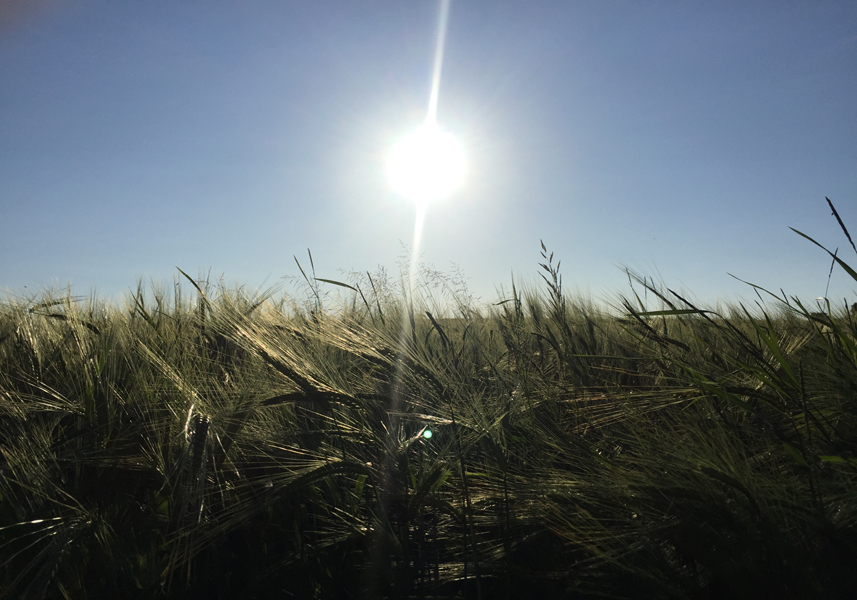Health credentials, freshness, quality, brand – these have always been primary drivers behind consumers’ dairy purchases. Packaging used to be, for most people, including myself, a secondary consideration.
How the tide has turned. Today it’s under unprecedented pressure. Pressure that has come with significant force and speed and, for food producers’ like Arla, from all angles – regulatory, industry-driven, from our retailer customers and, with much ferocity, from consumers.
They do not want to be part of today’s ‘plastic problem’. They want, and expect, to be able to make purchases that aren’t harmful to the environment.
We’ve been working to make our packaging better for the environment for many years so are able to respond swiftly to an agenda that has exploded and that has created an urgency to make a move.
For our retailer partners, this new dynamic means that a product’s packaging is now as important as the product itself. It’s a key driver, a fundamental element of the new product development process, and is a bigger differentiator when it comes to consumer’s comparing products than ever before.
This is what’s at the heart of our stronger, bolder sustainable packaging strategy, which will ultimately see all our packaging become carbon net zero by 2050. Our immediate move is to make over one billion pieces of packaging more sustainable this year, which will save 8,000 tonnes of CO2 year-on-year.
“But you’re still using plastic packaging for your mainstream products?” is the fair challenge frequently directed at us. It’s a dilemma that we’re working intensively with. Only the other day a journalist raised this asking whether we are being ambitious enough for a company of our size and why aren’t we using ‘perfect’ solutions. The reality is that we simply do not have plastic-free solutions yet.
I think it’s very important to be realistic when we’re talking about the possibility of a plastic-free future. Plastic is likely to continue to have a role to play in our packaging because of its currently unrivalled functionality. Not only that, we cannot escape that fact that plastic is an embedded part of our business and we’re can’t get away from that, certainly not in the short or medium term.
That’s why the renewable and recycling agendas are just as important to us as seeking plastic free alternatives. Our search is on for plastic that isn’t fossil-based and can be given a second life. We need to do both, which is why our new milk cartons not only contain minimal plastic, it is bio-based.
We are of course looking at viable non-plastic packaging options but we could be waiting years for technological breakthroughs, material availability and affordable solutions. Because of the mega attention on packaging, we take a two/three year view on packaging as technologies are developing so quickly and we want to embrace these with speed.
For us, it’s about taking action when and where we can, as soon as we can. It is a step-by-step approach and there are many steps ahead but each one takes us in a better direction as we drive positive packaging developments within our industry.
And it’s not just us that has to change. We need consumers to be active recyclers in order to ensure that the environmental benefits of the packaging changes we are making are realised. And, if their local recycling infrastructure doesn’t enable this, we need them to be vocal as this will support the lobbying we are doing for more consistent, comprehensive facilities in our core markets.
Our overarching priority for our packaging, always has, and always will be, food safety. We will never comprise on this. It will always top the list of our packaging requirements. Right now, for several of our core products, plastic serves this purpose perfectly. We are though striving for a future free from plastic packaging, but it must be on the basis that the alternative material protects food, maintain its quality and freshness and contains as little material as possible to be lightweight yet sturdy. The very nature of dairy products restricts what is possible from a packaging perspective, with the majority being perishable, requiring chilling and having a short shelf life. Potentially driving up food waste is absolutely not an alternative.



